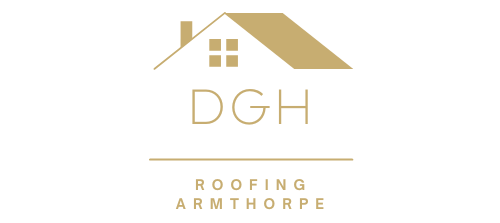Navigating the Flow: Addressing Drainage Issues in Commercial Roofing Systems
Introduction: Commercial roofing systems are designed to protect buildings from the elements and provide a durable and long-lasting barrier against water infiltration. However, drainage issues can compromise the performance and integrity of commercial roofs, leading to water pooling, leaks, and structural damage. Addressing drainage issues is essential for maintaining the functionality and longevity of commercial roofing systems. This guide will explore common drainage issues in commercial roofing systems and share effective solutions for mitigating these problems.
Identifying Drainage Issues:
Before addressing drainage issues in commercial roofing systems, it’s essential to identify the root causes and symptoms of poor drainage. Common signs of drainage problems include water pooling on the roof surface, blocked or overflowing gutters and downspouts, water stains or discolouration on interior ceilings or walls, and mould or mildew growth. Additionally, areas of standing water or debris accumulation on the roof may indicate inadequate slope or improper drainage design.
Causes of Drainage Issues:
Several factors can contribute to drainage issues in commercial roofing systems, including:
- Inadequate Slope: Commercial roofs should be sloped or pitched to allow water to flow towards drainage points, such as gutters and downspouts. Insufficient slope can result in water pooling and stagnation, leading to leaks and water damage.
- Clogged Gutters and Downspouts: Accumulating debris such as leaves, branches, and sediment can obstruct gutters and downspouts, preventing proper water flow and drainage. Regular gutter cleaning and maintenance are essential for preventing clogs and ensuring efficient water removal.
- Damaged or Blocked Roof Drains: Roof drains can become damaged or blocked over time due to debris buildup, corrosion, or structural issues. Inspecting and clearing roof drains regularly prevents water backup and maintains proper drainage.
- Improper Installation: Poor installation practices, such as improper flashing, sealant application, or membrane attachment, can compromise the integrity of the roofing system and contribute to drainage problems. Working with experienced roofing contractors and adhering to industry best practices during installation can help prevent drainage issues.
Solutions for Drainage Issues:
Addressing drainage issues in commercial roofing systems requires proactive maintenance, proper design, and effective solutions. Some common solutions include:
- Roof Maintenance: Regular inspections and maintenance are essential for identifying and addressing drainage issues before they escalate. Clearing debris from gutters, downspouts, and roof drains, repairing damaged flashing or membrane, and ensuring proper slope and drainage are essential maintenance tasks.
- Retrofitting Drainage Systems: In some cases, retrofitting existing drainage systems may be necessary to improve water flow and prevent pooling. This may involve installing additional roof drains, enlarging existing drains, or reconfiguring gutter and downspout systems to improve water removal efficiency.
- Installing Roof Coatings: Applying reflective roof coatings can help improve drainage by reducing heat absorption and minimising thermal expansion and contraction, which can lead to roof membrane deterioration and drainage problems. Roof coatings also provide additional protection against water infiltration and UV damage.
- Green Roof Systems: Green roof systems, which incorporate vegetation and vegetation layers into the roofing assembly, can help manage stormwater runoff and reduce the impact of drainage issues. Green roofs absorb and retain rainwater, slowing the rate of runoff and providing natural filtration and evapotranspiration benefits.
Conclusion: Addressing drainage issues in commercial roofing systems is essential for maintaining the integrity and performance of the roof and protecting the building from water damage. By identifying common drainage issues, understanding their causes, and implementing effective solutions such as proactive maintenance, retrofitting drainage systems, installing roof coatings, or incorporating green roof systems, property owners and facility managers can mitigate the risks associated with poor drainage and ensure the long-term durability and functionality of their commercial roofs. Proper drainage management allows commercial buildings to remain dry, safe, and resilient in adverse weather conditions.
Call us on: 01302 490 285
Click here to find out more about DGH Roofing Armthorpe
Click here to complete our contact form and see how we can help with your roofing needs.

